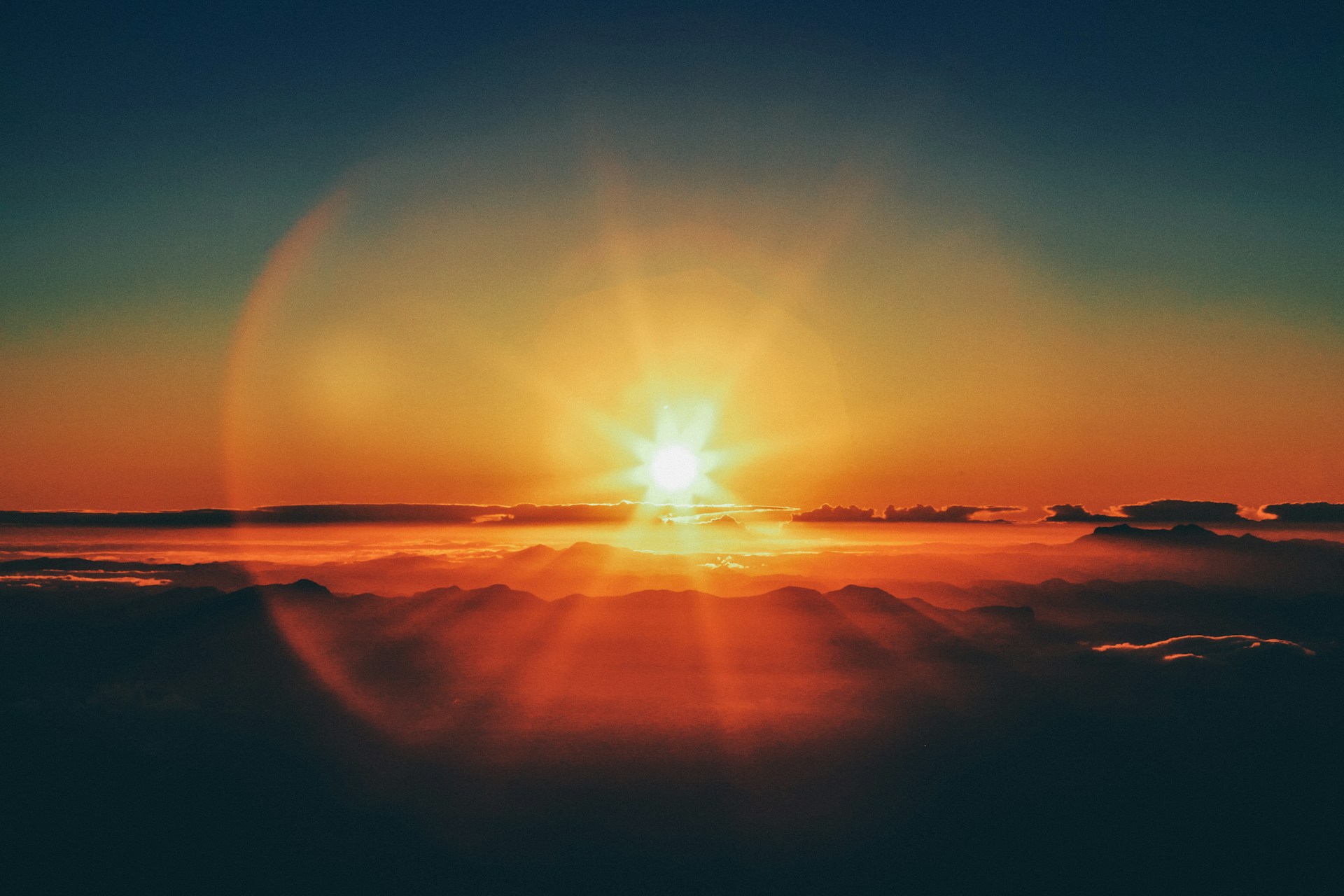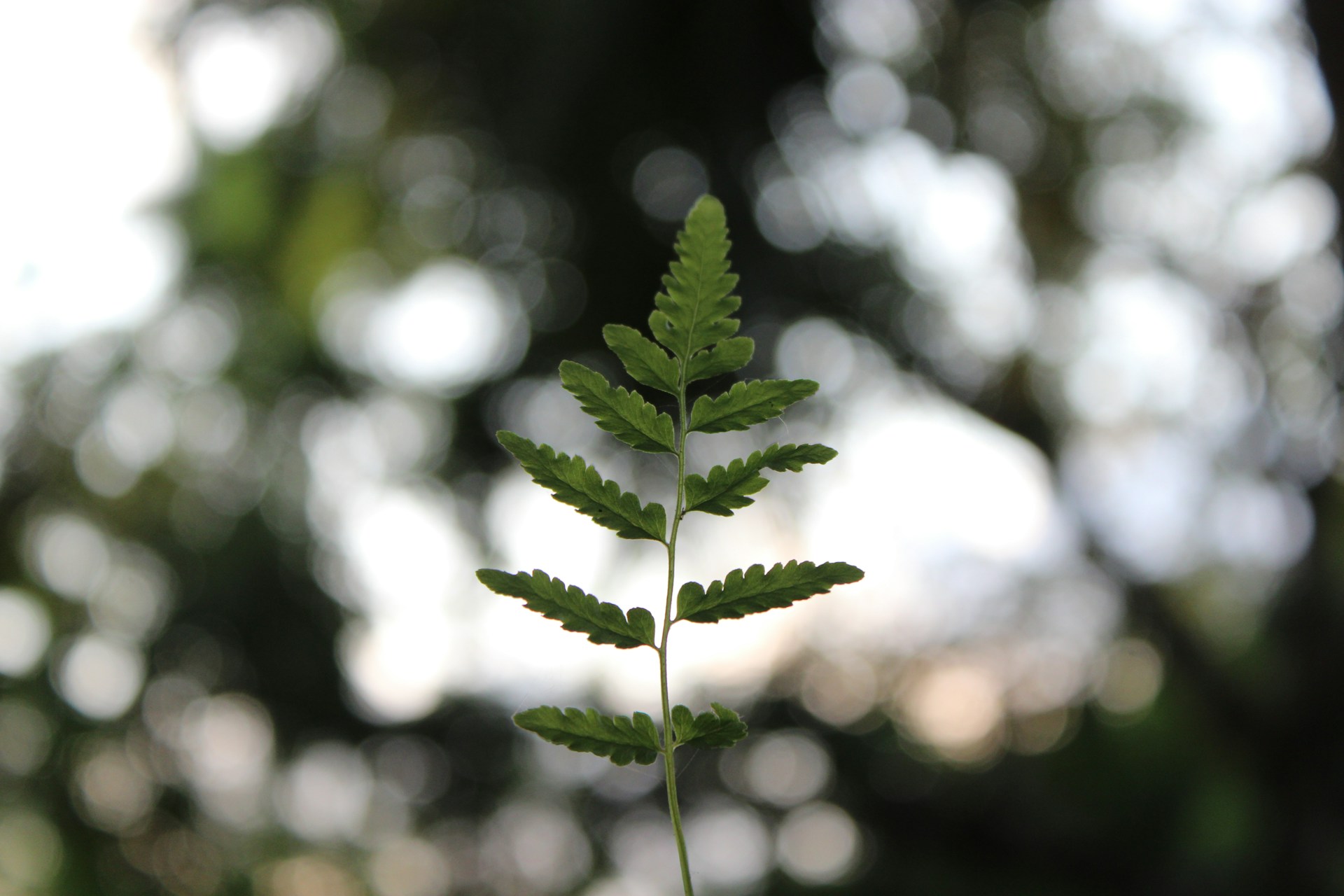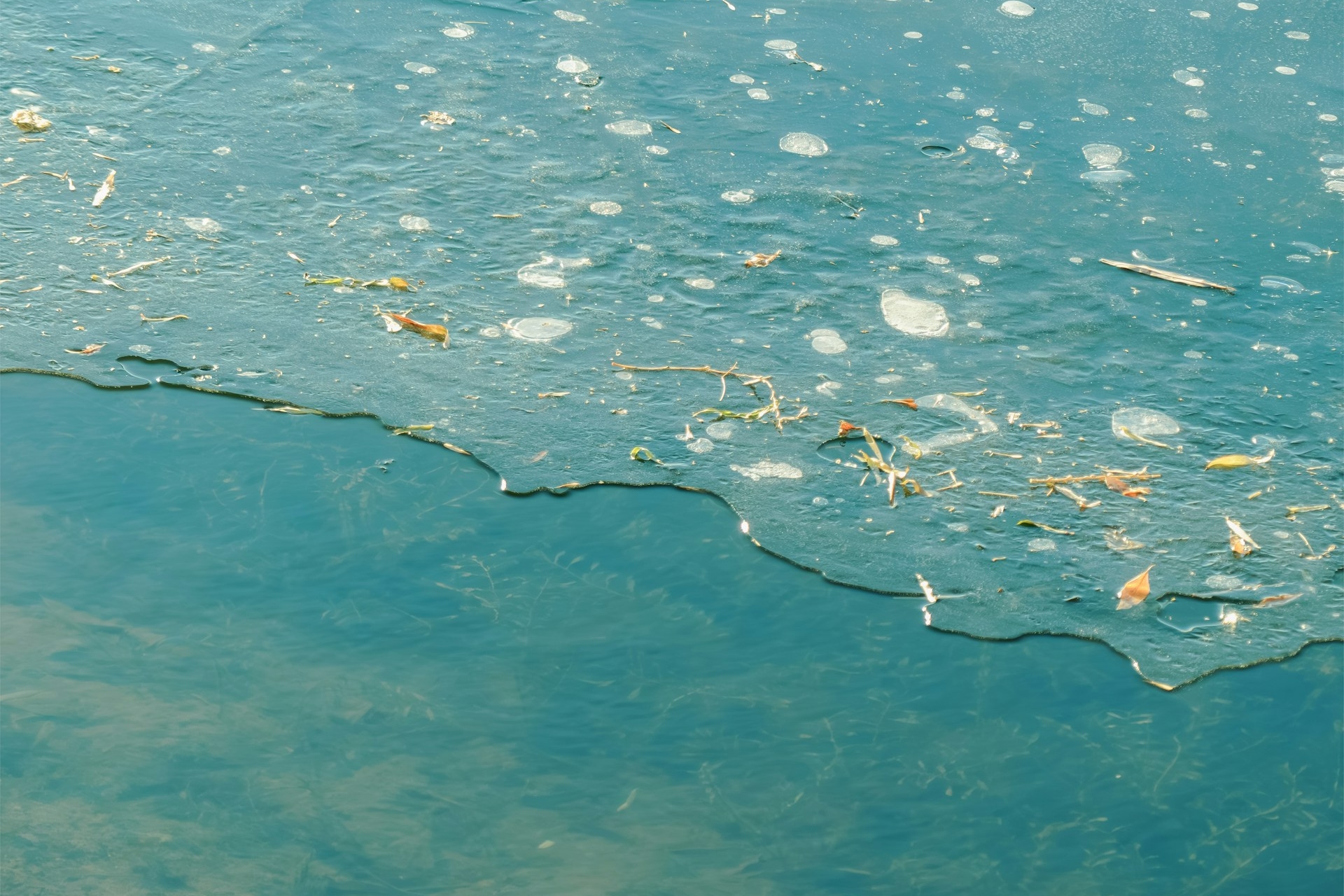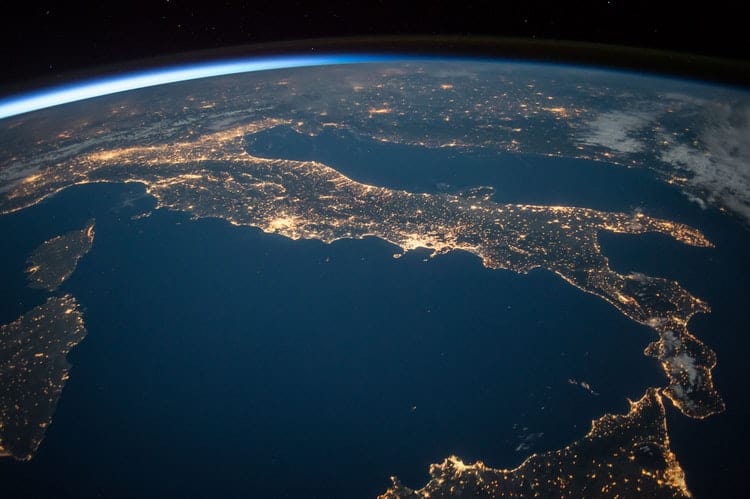
Shining a Spotlight on Why Light Pollution is a Global Problem
September 15, 2020 - Emily Newton
Revolutionized is reader-supported. When you buy through links on our site, we may earn an affiliate commission. Learn more here.
Of the different types of pollution in the world, light pollution is perhaps among the most subtle. If you’re not sure what it means — or haven’t heard of it at all — don’t worry. Air, water and ground pollution often get coverage because of their immediate harmful effects on the environment.
Now, though, it’s time to put light pollution right up with them as a central focus for scientists, environmentalists and the public. It affects everyone, from cities and densely populated areas around the world to your own home. To begin, it’s important to dissect exactly what light pollution is and where it comes from.
What Is Light Pollution?
As the name implies, light pollution is a form of environmental contamination that comes from light. It occurs when artificial light floods the night and disrupts the naturally occurring darkness. It makes sense that there are lights on at night. In cities, especially, it’s hard to shut everything down. Could you imagine New York City going dark every night? It doesn’t seem possible. However, think of it this way — artificial light has become so excessive that some places never get fully dark.
Since humans and animals rely on the naturally occurring light and dark of the Earth, light pollution is one of the most disruptive types of pollution out there. Artificial lights are found throughout the world. Though it’s not as apparent during the daytime, night shows how much light people use.
Light pollution comes from any form of unnatural lighting — street lights, building and home lights, car headlights, traffic lights and anything else that’s not the stars, sun, moon or fire. Even your devices emit light pollution to some degree. Everything ultimately adds up to create one giant aura. It can get so bad that satellites and astronauts can see it from space.
Light pollution isn’t new. As long as there has been artificial light, there have been degrees of it. Artificial light has had a significant impact on humanity dating back to the invention of the lightbulb.
Though many good things come from artificial lighting — of course, being able to see in the dark is helpful, to say the least — it can do a lot of harm as well. Altering the darkness at night only scratches the surface of the adverse effects of light pollution.
Why Is It Bad?
To begin, take the example of light pollution changing the darkness level at night. This disruption is the foundation for the negative consequences that follow. For humans and animals, relying on the natural light and darkness is part of biological responses. Without this dependency, people wouldn’t be getting the sleep they need to exist. There are a few different ways light pollution manifests:
- Skyglow: This is one of the most common examples. It occurs when the sky brightens at night due to artificial light.
- Glare: Excessive brightness is irritating and discomforting. Glares can be a danger when driving, too.
- Light trespass: Did you know people aren’t the only things that trespass? When light shows up in places it’s not supposed to, it can be harmful.
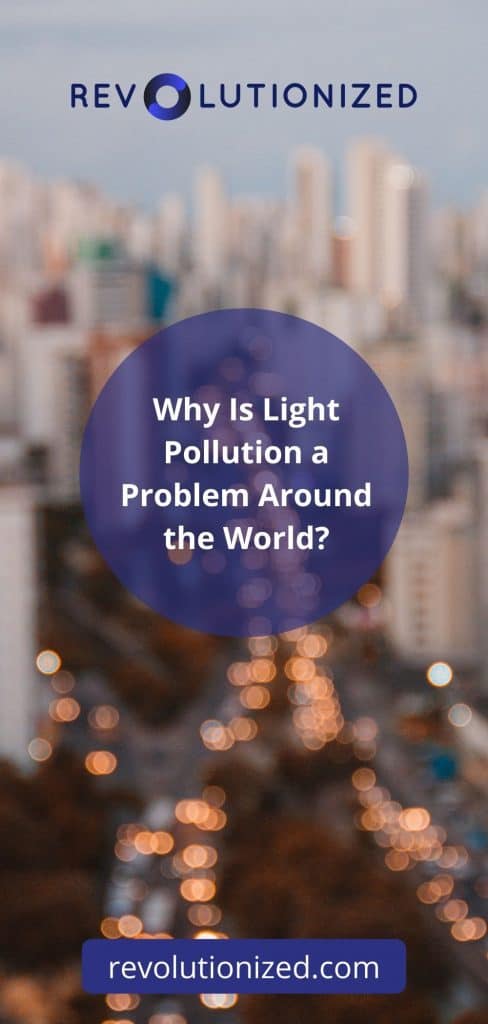
People need light and dark to keep their circadian rhythms going. Have you ever checked your phone in the middle of the night and contended with a bright, irritating screen? Were you unable to fall back to sleep after that?
Light pollution is similar. It disrupts your body’s biological rhythms and jolts you awake, no matter what type of contamination it is. When people start to lose sleep, the effects can be drastic. Sleep loss or deprivation can increase your chances of depression, anxiety, alcohol use, cardiovascular disease, diabetes and obesity.
Light pollution is worse for animals. Many species use light and darkness to travel, make homes and migrate. Glare and light trespass, for instance, cause birds to collide with buildings and injure themselves or worse.
Elsewhere, sea turtles use moonlight to guide them to the ocean after they hatch on land. However, when they see excess skyglow nearby, it changes their course, and they head toward the city. Unfortunately, the more inward they go, the higher their chances of mortality.
These examples only scratch the surface. Many species travel at night and use light to guide them like some types of frogs, butterflies and bats. Humans, too, need the natural balance of light and dark to function. Thankfully, though, there are solutions.
What Are the Solutions?
The path to less light pollution is tough, but anything is possible. There are certain steps that individuals and government officials need to take to ensure the rate is lowered.
First, take a look at the small-scale steps. You can work on getting more energy-efficient lighting and covering the source to avoid glare, skyglow and light trespass. Be careful, though. You may think LEDs are the best option, but there’s a catch.
LEDs are longer-lasting and more sustainable than incandescent. However, you’ll want to look for warmer-toned versions. The ones that emit colder, bluer light can be irritating and contribute to light pollution. Additionally, turn everything off at night. Get blackout curtains if the outside light bothers you. Focus on your impact and how you can reduce your own lighting effects.
On a larger-scale, city planners and the government need to step in. The same principles apply, though. They should focus on replacing harmful lighting with warmer LEDs and shielding the light to avoid glares, trespass and skyglow.
It’s a smart investment for individuals and cities. For instance, in 2013, Los Angeles made a citywide switch to LEDs, which produced energy savings of 63% and monetary savings of $7 million. This step also reduced light pollution — cities just need to remember to shield the light.
Timers, dimmers, motion sensors and shutting off outdoor lighting will also help. Remember, spreading the word and involving yourself in these eco-friendly practices is a huge first step.
A Smarter Future
Change is needed. Technology has come a long way and brings negative consequences of light pollution. To effectively curb these impacts, individuals and cities must be smart about the next steps. With more consideration for lighting, the environment, humans and animals, the future can be darker — in the brightest way possible.
Revolutionized is reader-supported. When you buy through links on our site, we may earn an affiliate commission. Learn more here.
Author
Emily Newton
Emily Newton is a technology and industrial journalist and the Editor in Chief of Revolutionized. She manages the sites publishing schedule, SEO optimization and content strategy. Emily enjoys writing and researching articles about how technology is changing every industry. When she isn't working, Emily enjoys playing video games or curling up with a good book.
